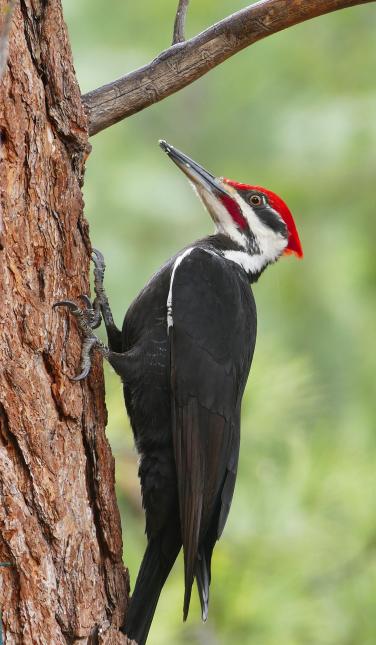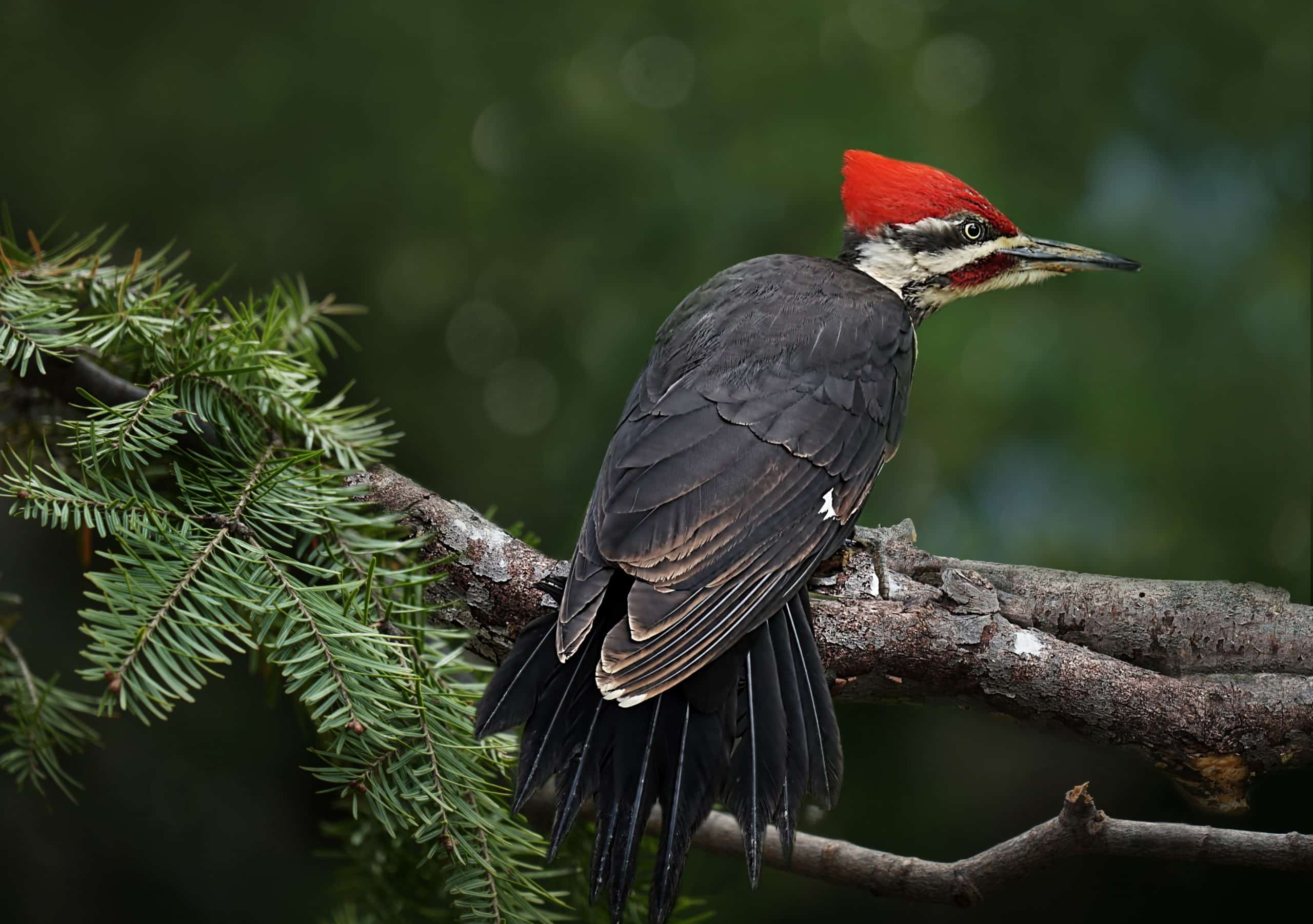Unveiling the Tricks of Woodpeckers: Habits, Environment, and Much More
Woodpeckers, with their one-of-a-kind behaviors and specialized adaptations, have actually lengthy fascinated scientists and nature lovers alike. These impressive birds have a range of intriguing keys that clarified their survival techniques, habitat choices, and complex interaction approaches. By uncovering the mysteries surrounding woodpeckers' behavior and habitat choices, a much deeper understanding of these bird marvels arises, supplying a glance right into their remarkable globe. What makes these birds really outstanding, and exactly how do they navigate their atmosphere with such precision and skill? Let's discover the exciting world of woodpeckers and unwind the enigmatic information that make them such appealing topics of research study.
Woodpecker Actions Insights
In analyzing woodpecker actions, an interesting display screen of specialized skills and adjustments emerges, dropping light on their remarkable environmental niche. Woodpeckers, understood for their distinctive drumming on trees, possess a selection of behavioral qualities that add to their survival and success in their environment.
Moreover, woodpeckers exhibit a special feeding actions characterized by their capability to extract bugs from tree bark utilizing their specialized beaks. Their long, barbed tongues aid in recording target, while their strong neck muscle mass give stability and precision during pecking activities. This feeding strategy allows woodpeckers to accessibility surprise insect larvae and extract them with remarkable effectiveness.
Environment Preferences and Option
What variables affect the environment preferences and selection of woodpeckers? One essential variable affecting woodpecker habitat selection is the availability of ideal nesting websites. Woodpeckers normally like forests with a mix of mature trees that give enough chances for cavity excavation.
In addition, woodpeckers reveal a preference for habitats with a bountiful supply of food resources. They are mainly insectivorous, feeding on beetles, ants, larvae, and various other bugs found in worn out timber or tree bark. For that reason, woodpeckers tend to prefer woody areas with a varied insect population to meet their nutritional requirements.
Furthermore, the visibility of dead or rotting trees is another crucial consider woodpecker environment selection. These trees not just offer food resources however additionally use suitable substratum for tooth cavity excavation. Dead trees are essential for the maintenance of healthy and balanced woodpecker populations, as they play an essential function in the woodpeckers' life process and community characteristics.
Feeding Practices and Diet Regimen Composition
Woodpeckers show a specialized feeding behavior focused on foraging for bugs within numerous environments. In addition to insects, woodpeckers likewise take in tree sap, fruits, nuts, and seeds, including selection to their diet depending on the season and accessibility of food resources.
The foraging techniques of woodpeckers are well-adapted to their arboreal lifestyle (Woodpeckers in Florida). Their ability to dig deep into timber not just supplies them with food yet likewise assists in producing nesting cavities and establishing areas. Woodpeckers play a critical duty in keeping the health and wellness of forests by controlling insect populations and assisting in the disintegration of wood. Understanding their feeding habits and diet regimen make-up is necessary for preservation initiatives focused on protecting these distinct and valuable birds.
Drumming Seems and Communication
Making use of fast drumming sounds on numerous surfaces, woodpeckers use an unique form Learn More Here of interaction to signal region limits and bring in companions. This drumming behavior is not just a way of interaction however also functions as a way for woodpeckers to develop their presence within a specific area. The strength, rate, and pattern of the drumming can convey crucial information to various other woodpeckers in the area.
Woodpeckers make use of drumming sounds to introduce their presence in an area and to warn off prospective intruders. The loud and repeated nature of the drumming works as a clear signal to other woodpeckers that the location is currently claimed. This assists in lowering problems and lessening physical confrontations in between individuals.

Survival Adaptations and Specialized Makeup

Verdict
In final thought, woodpeckers exhibit one-of-a-kind habits, such as drumming sounds for interaction, and have specialized anatomy for survival in their picked habitats. Their feeding habits and diet plan composition better demonstrate their adaptability to different atmospheres. By understanding these facets of woodpeckers, scientists and preservationists can better shield and protect these remarkable birds and their environments.
Comments on “Checking Out Woodpeckers in Florida Habitats: Where to Identify These Birds”